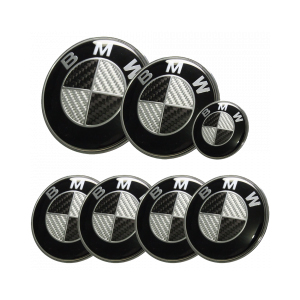Seal Design for Effective Separation Between Transmission and Driveshaft Components
The Importance of Seals Between Transmission and Driveshaft in Automotive Engineering
In the realm of automotive engineering, the interaction between the transmission and driveshaft is critical for the seamless operation of any vehicle. At the heart of this connection lies the seal that exists between the transmission and the driveshaft—an often overlooked component that plays a significant role in the overall performance and longevity of the vehicle's driveline system. This article delves into the significance of these seals, their function, types, potential issues, and maintenance practices to ensure optimal performance.
Understanding the Role of Seals
The primary function of the seal between the transmission and driveshaft is to prevent fluid leakage from the transmission system. The transmission, responsible for converting engine power into rotational force to drive the wheels, contains various fluids for lubrication and cooling. The seal ensures that this fluid remains contained, thus preventing potential damage to the transmission and ensuring smooth operation.
Apart from containing fluid, these seals also serve as barriers against dirt, debris, and contaminants that may infiltrate the transmission system. The ingress of foreign materials can lead to wear and tear of internal components, potentially resulting in costly repairs or replacements.
Types of Seals
There are several types of seals commonly used between the transmission and driveshaft, each designed to accommodate specific system requirements
1. Lip Seals These are the most prevalent type of seals used in automotive applications. They consist of a flexible lip that presses against the driveshaft to create a barrier against leakage while allowing for some axial movement.
2. O-Rings O-rings are circular seals that can be employed in conjunction with other sealing methods. They provide excellent resistance to a range of fluids and are often used in areas where space is limited.
3. Flange Seals These seals are typically used in more robust applications where additional sealing strength is required. The flange design allows for a tighter fit with the driveshaft, enhancing the overall integrity of the seal.
seal between transmission and driveshaft

Potential Issues Caused by Seal Failure
Seal failure can lead to a myriad of issues that compromise vehicle performance. One of the most immediate consequences is fluid leakage, which can decrease lubrication effectiveness and result in overheating. Over time, this can lead to significant wear on gears and bearings within the transmission, consequently increasing the chances of a mechanical failure.
Moreover, contamination of the transmission fluid due to seal failure can lead to the degradation of the fluid's properties. Contaminated fluid can cause additional wear on internal components, further amplifying repair costs and downtimes.
Another aspect to consider is noise; worn or damaged seals can result in increased vibration and noise from the drivetrain, detracting from the vehicle's overall comfort and driving experience.
Maintenance Practices
To ensure the longevity and effectiveness of the seals between the transmission and driveshaft, routine maintenance is essential. Regular inspections can help identify wear and degradation early on, allowing for timely replacements before significant damage occurs.
Additionally, using the correct type and grade of transmission fluid is crucial. Fluid that doesn't meet the manufacturer's specifications can lead to seal deterioration, increasing the likelihood of leaks and mechanical failures.
Lastly, ensuring proper installation of the seals during service procedures cannot be overstated. Incorrect installation can lead to premature seal failure, which underscores the importance of skilled technicians during service.
Conclusion
The seals between the transmission and driveshaft, while often underestimated, serve a pivotal role in the automotive ecosystem. Understanding their significance allows vehicle owners and technicians alike to appreciate the need for proper maintenance and timely replacements. In doing so, not only can they enhance the vehicle's performance, but also ensure a safer and more reliable driving experience in the long run.
-
Understanding the Front Main Engine Seal: Purpose, Maintenance, and Installation
News Jul.29,2025
-
Understanding O-Rings and Seal Rings: Types, Applications, and Custom Solutions
News Jul.29,2025
-
Understanding Crankshaft Oil Seals: Rear Seals, Pulley Seals, and Their Role in Engine Integrity
News Jul.29,2025
-
The Importance of Front and Rear Crankshaft Seals in Engine Performance and Oil Management
News Jul.29,2025
-
Crank Oil Seals: Functions, Types, and Cost Considerations in Engine Maintenance
News Jul.29,2025
-
A Comprehensive Guide to O-Rings and Seals: Types, Materials, and Global Applications
News Jul.29,2025
-
Mastering Diesel and Performance Engine Maintenance: A Guide to Critical Oil Gaskets
News Jul.28,2025
Products categories















